Every decade has something big that upsets how most people prefer to spend their time – many times it is a weather event – hurricanes, tornados, tsunami, or massive blizzards for instance. All of these cause us to hunker down and find ways to survive with home, family and fortune intact. This time it is Coronavirus.
I read in the news and on facebook how people were panicking about hand sanitizer, toilet paper and drinking water and heaven knows what else. These are the times when it is good to know how things were handled before plastic water bottles and Charmin.
It is also preferable to use common sense instead of blindly running with the herd. I was lately guilty of that one. The tap water we have is really very tasty and well filtered – it is county operated. As I passed Sam’s Club earlier today and saw the extremely crowded parking lot I was remembering that drinking water is always one of the primary items needed in emergencies and for a brief…very stupid…moment I thought about fighting the crowd to get some plastic bottles.
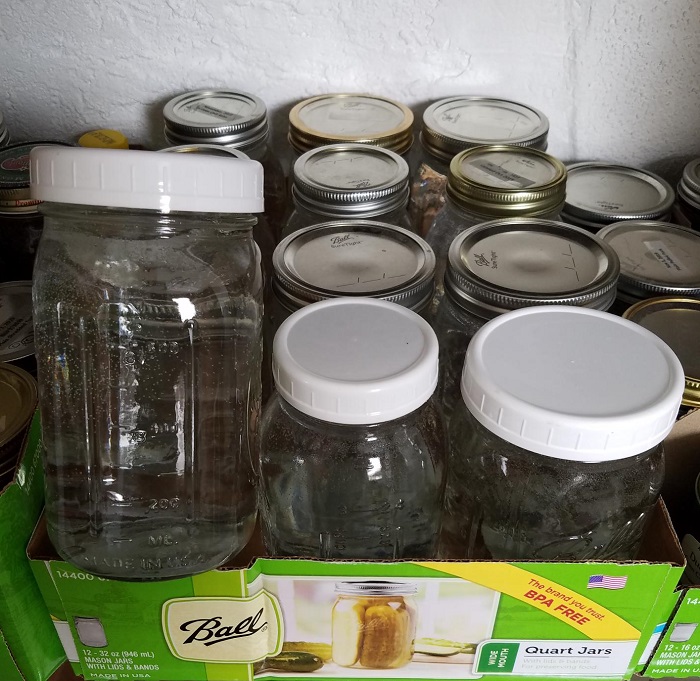 Then the spirit of Grandma Kern reached down from heaven and slapped me upside the head with visions of the shelves full of empty half-gallon and quart canning jars in my pantry! DUH! I got home, pulled them down and washed them out before filling them with tap water and a couple drops of chlorine bleach apiece then lidded and put back on the shelves. (NOTE: always keep jars of water out of direct sunlight). I now have 8 half gallon jars and 30 quarts of drinking water squirreled away in case of need.
Then the spirit of Grandma Kern reached down from heaven and slapped me upside the head with visions of the shelves full of empty half-gallon and quart canning jars in my pantry! DUH! I got home, pulled them down and washed them out before filling them with tap water and a couple drops of chlorine bleach apiece then lidded and put back on the shelves. (NOTE: always keep jars of water out of direct sunlight). I now have 8 half gallon jars and 30 quarts of drinking water squirreled away in case of need.
As for wash water, I always keep my gallon bleach bottles and fill them with water. They are stacked under a shaded portico near my well head to prime the pump with. (I use well water for my gardens). This is my primary stock for wash water if needed and are usually filled with well water, though people could use city water as well.
As for toilet paper…really? Yes I have a case of it, but then I always buy it by the case because it is the most comfortable option. In the old days there were outhouses where people tore pages from newspapers and Sears catelogs or large leaves to wipe with, but those tend to clog up modern toilets. Other options that even city folks can use. I have a basket full of old clothes that have holes in them or are just worn out. Cut them up into small squares and use them. You can rinse them out and reuse if washed with bleach. Old T-Shirts and bed linens work great. Just don’t be a dunderhead and try to flush them down a toilet!
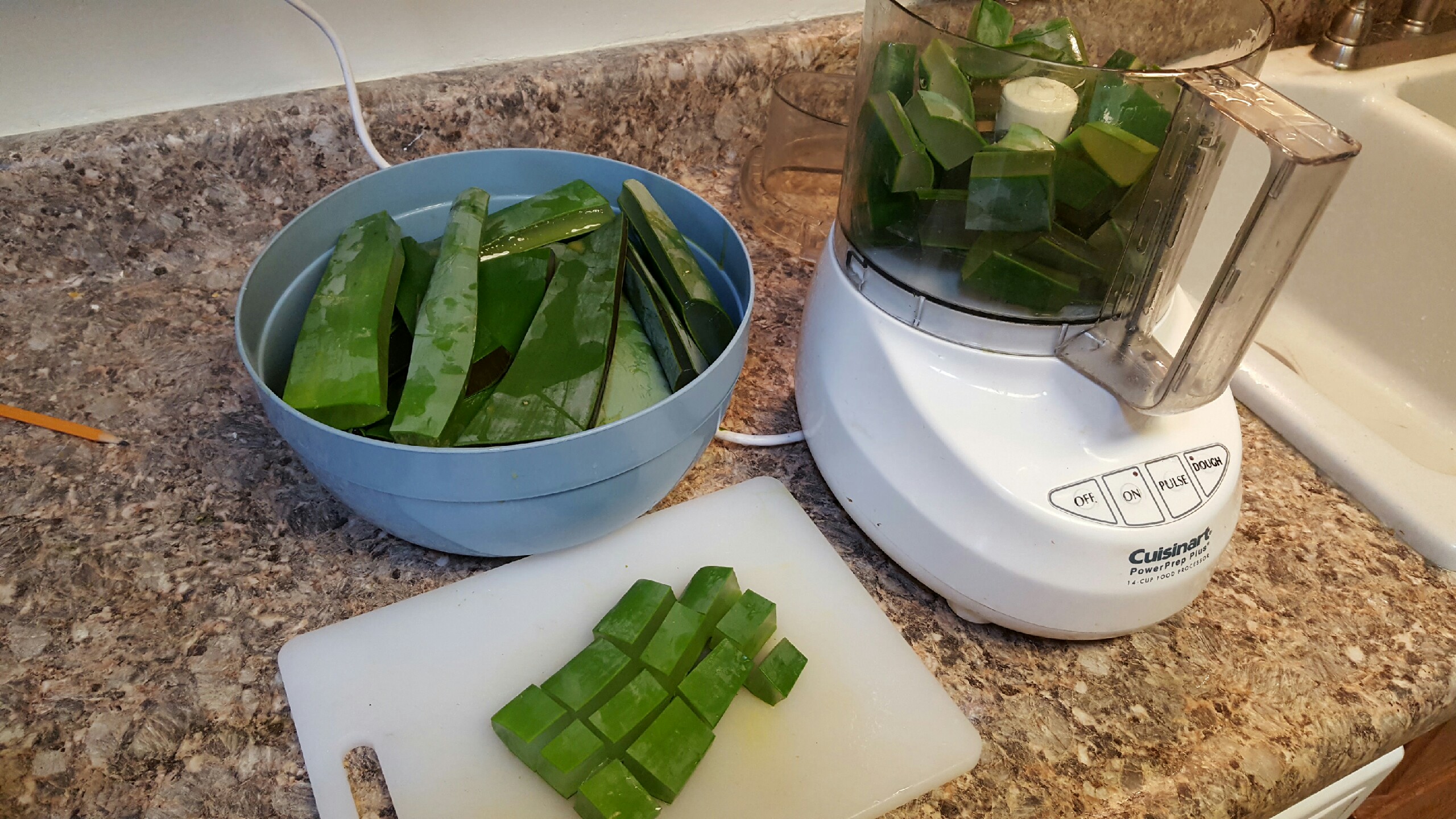 Lastly, hand sanitizer. You can make some that is just as easy on the skin as the commercial stuff. Mix 2 parts rubbing alcohol to 1 part aloe gel. Aloe gel is in the stores, or if you have a monster aloe plant in the house it is fairly easy to strip the gel out.
Lastly, hand sanitizer. You can make some that is just as easy on the skin as the commercial stuff. Mix 2 parts rubbing alcohol to 1 part aloe gel. Aloe gel is in the stores, or if you have a monster aloe plant in the house it is fairly easy to strip the gel out.
How? Harvest the thick flesh leaves and slice the spiny edges off then cut into pieces and place in a blender or food processor with a little water. Whir it up good. Place a strainer over a big bowl and dump the resulting goo into the strainer then go do something else for a couple hours. When you come back use the back of a metal spoon to push down a little and get the last drops out. Throw the discard on the compost heap (plants love it) and mix the goo up with the alcohol for instant hand sanitizer.
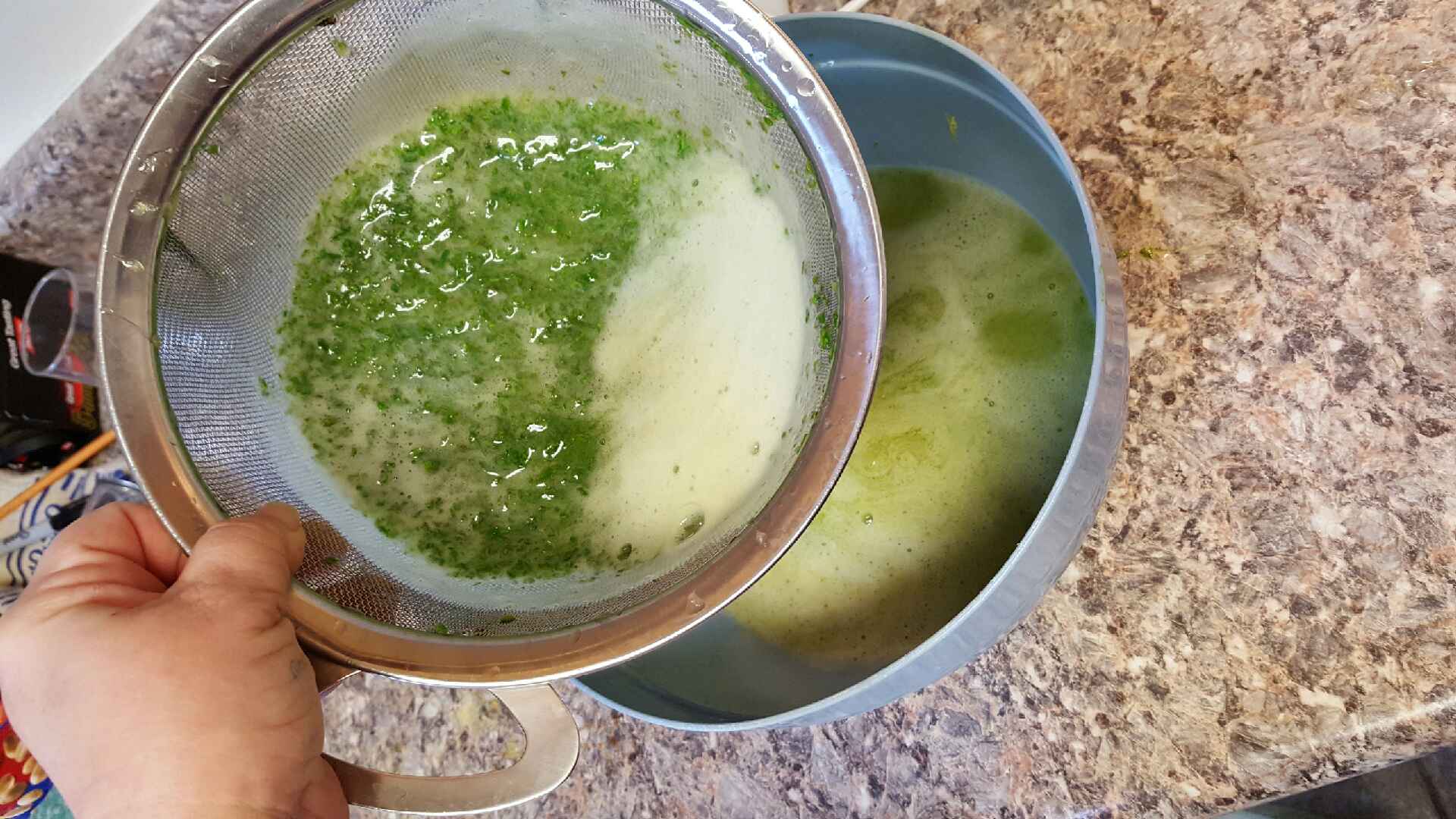 NOTE: It can have a few floaty plant parts in it – that doesn’t hurt anything – just proves it did not come from a factory.
NOTE: It can have a few floaty plant parts in it – that doesn’t hurt anything – just proves it did not come from a factory.
My personal motto in life is this: Get ready for the maybe, then let it go.
Don’t let panic dictate your actions. Think about what each kind of disaster could mean to you and yours personally and look into options for how to deal with it in advance. Be confident in yourself and read some of those great magazines like Countryside, Mother Earth News, and Sustainable Living. Even if you don’t do all the things in them all the time at least the knowledge that they can be done will be nestled in the back of your brain.

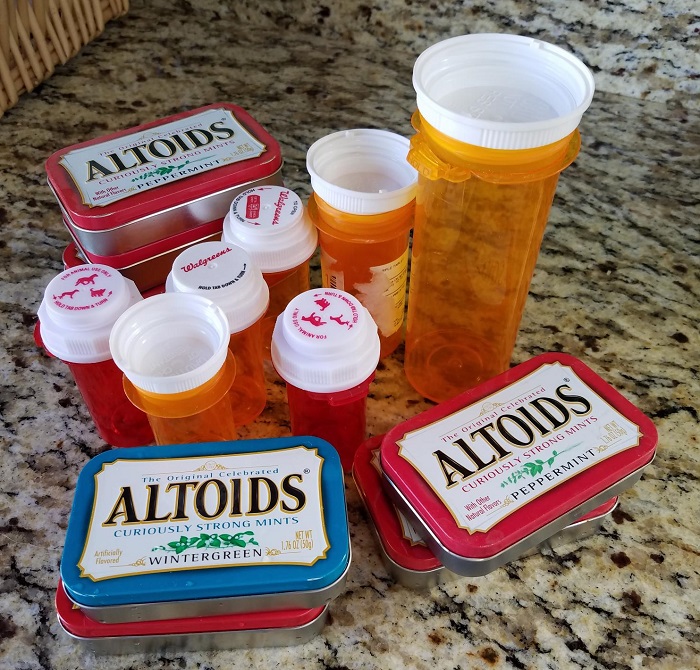 Two things I’ve always collected and found uses for are pill bottles and altoids tins. I wish I could just clean out the pill bottles and give them back to the pharmacist, but they won’t take them. That would simply make too much sense! However, they are perfect for storing so many little things especially as they come in many sizes.
Two things I’ve always collected and found uses for are pill bottles and altoids tins. I wish I could just clean out the pill bottles and give them back to the pharmacist, but they won’t take them. That would simply make too much sense! However, they are perfect for storing so many little things especially as they come in many sizes.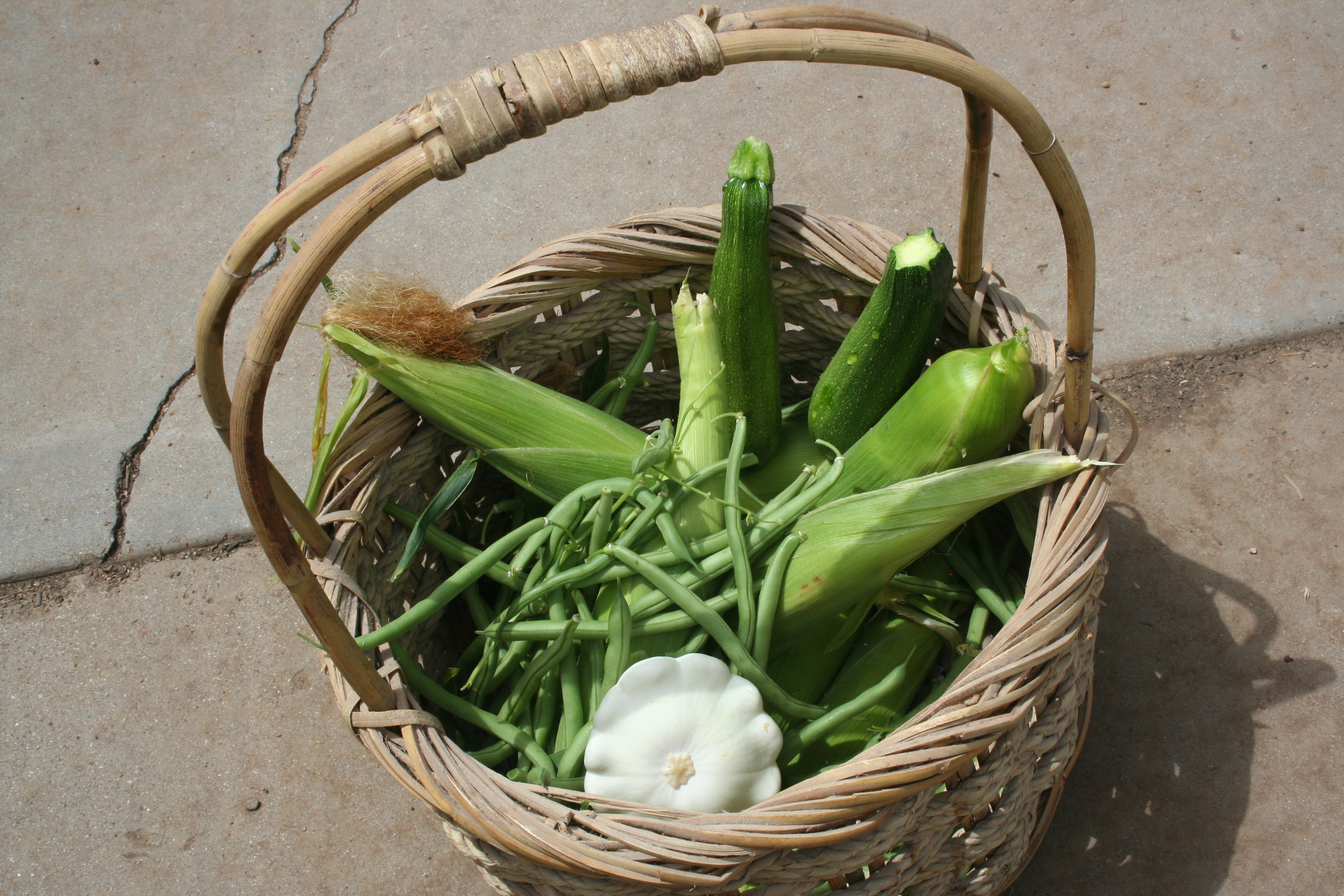
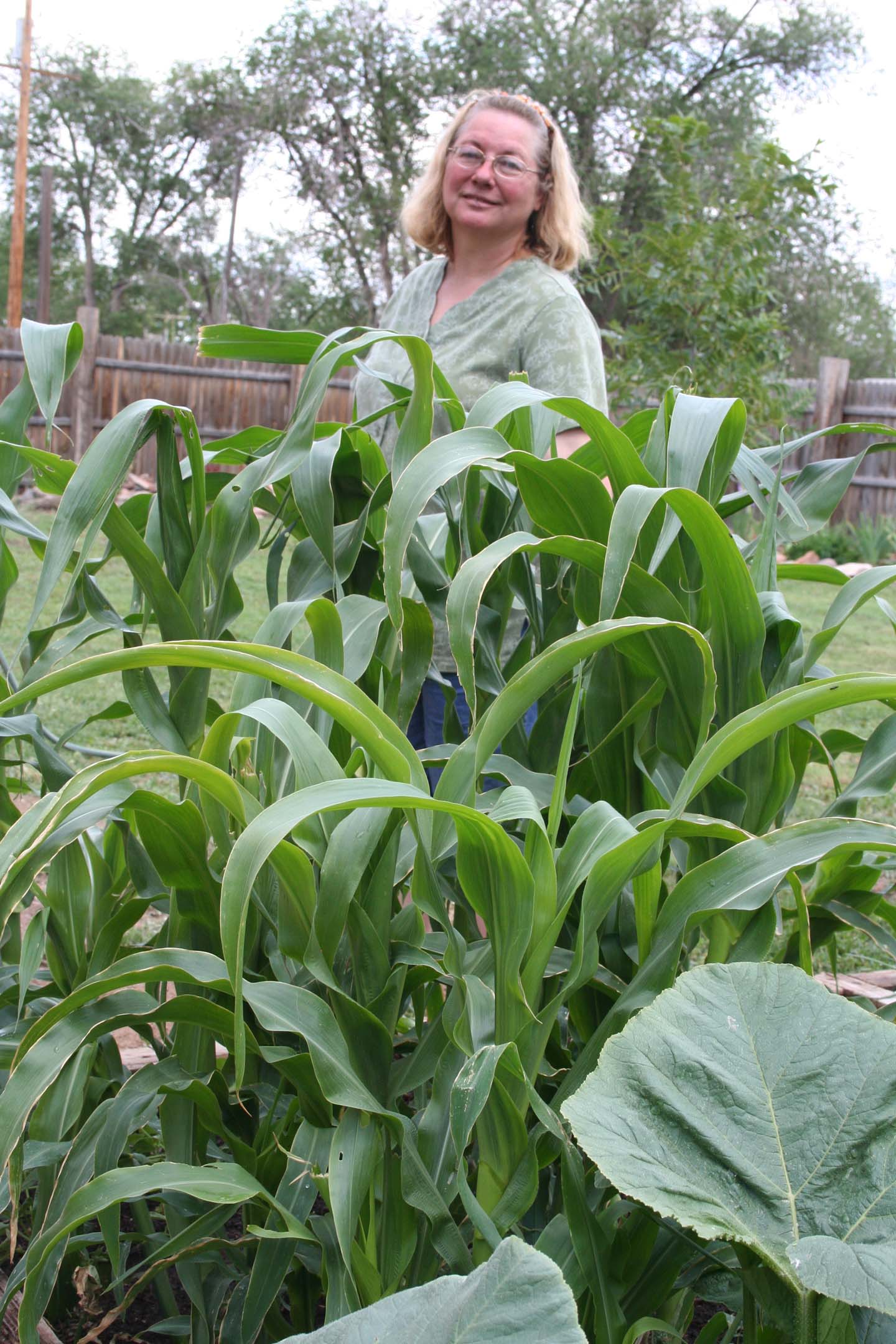
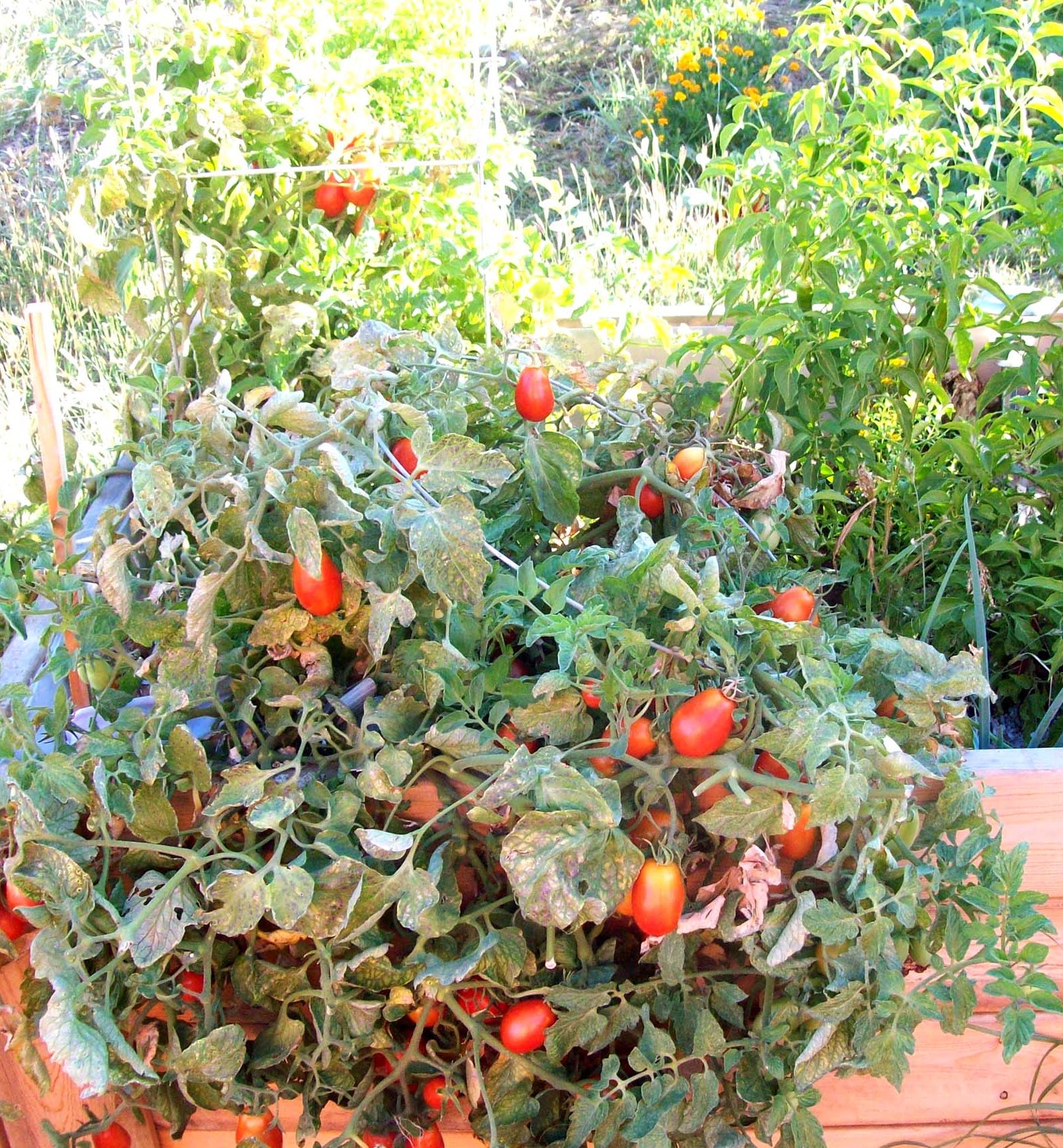 Tomatoes are one of my favorite items to preserve – they are so versatile! Salsas, soups, sauces – YUM! The first luscious red fruits are sparse, but over time they pick up the pace. I plant just a few of the large beefsteak type tomatoes, a couple cherry tomatoes and 7 or 8 thicker paste tomatoes. Though the beefsteak and cherries are primarily for eating fresh, an overabundance of either can be added to the paste tomatoes when canning.
Tomatoes are one of my favorite items to preserve – they are so versatile! Salsas, soups, sauces – YUM! The first luscious red fruits are sparse, but over time they pick up the pace. I plant just a few of the large beefsteak type tomatoes, a couple cherry tomatoes and 7 or 8 thicker paste tomatoes. Though the beefsteak and cherries are primarily for eating fresh, an overabundance of either can be added to the paste tomatoes when canning.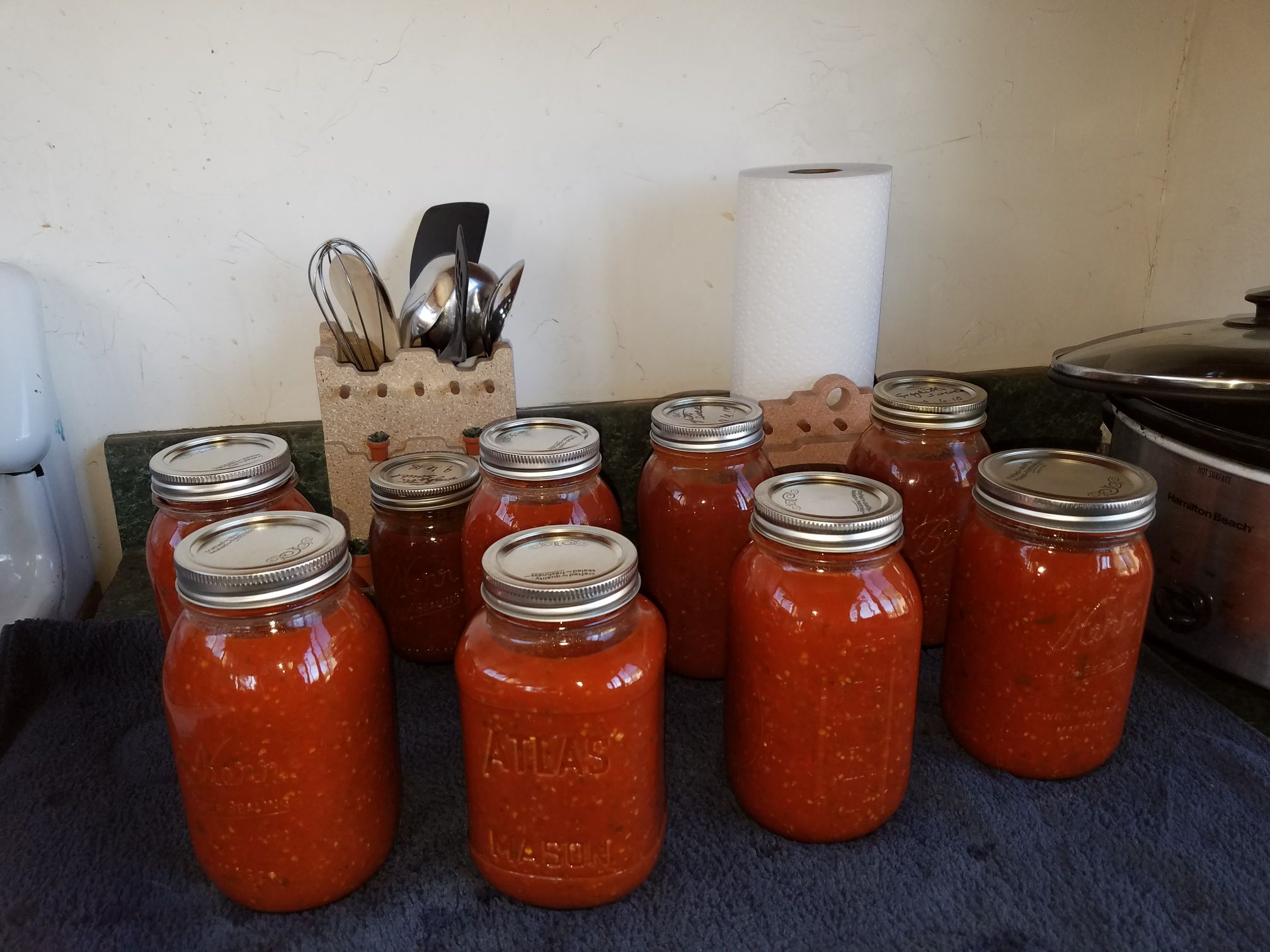
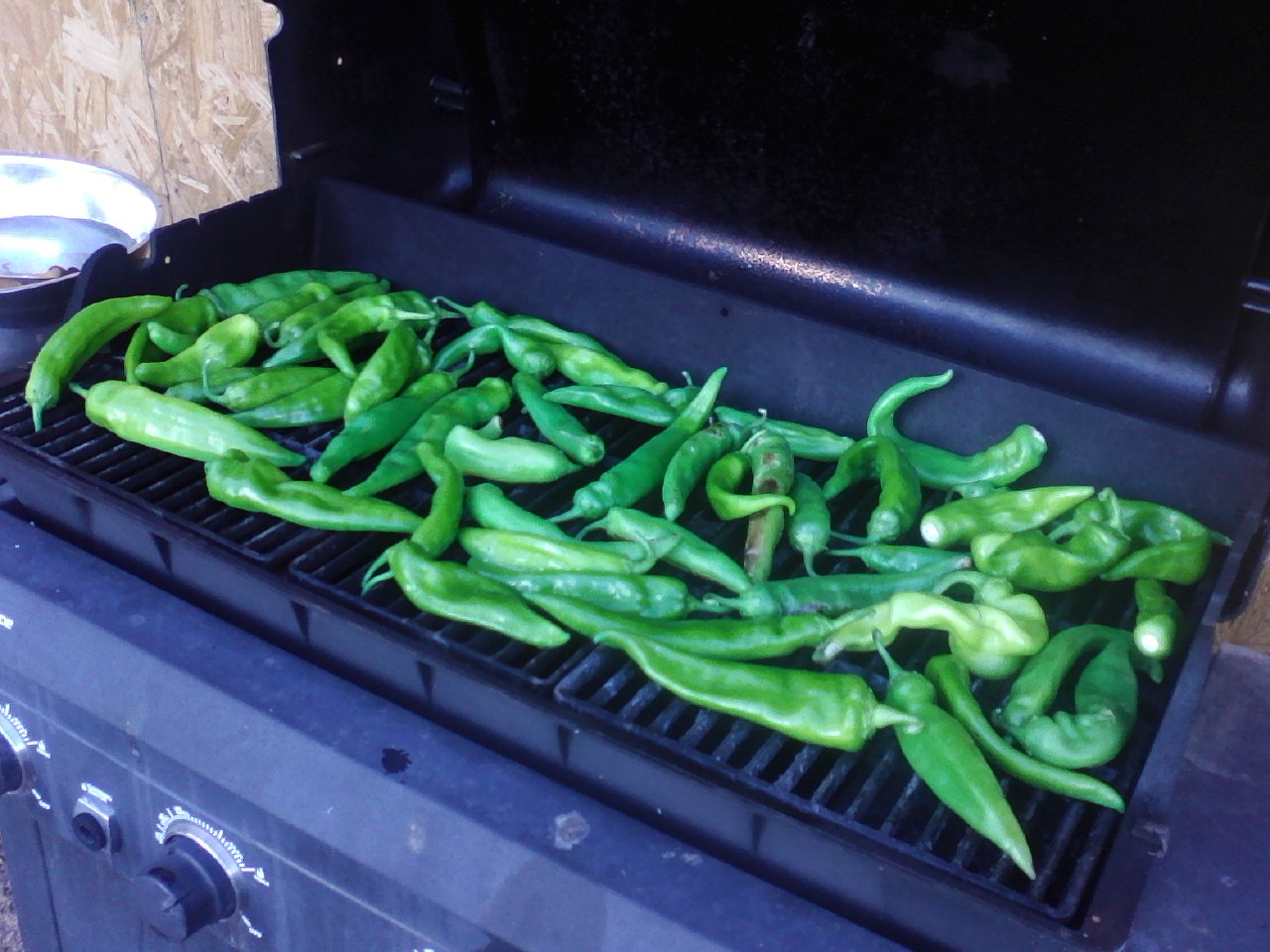 Another vegetable than you can partially process then freeze for future use are green chili peppers. Chilis are normally roasted and skinned before being cooked or canned. If you have a couple hours you can pick the ones you feel are large enough and roast them on your BBQ grill. You want them to puff up and the skins to brown and crack a bit – but don’t blacken them entirely!
Another vegetable than you can partially process then freeze for future use are green chili peppers. Chilis are normally roasted and skinned before being cooked or canned. If you have a couple hours you can pick the ones you feel are large enough and roast them on your BBQ grill. You want them to puff up and the skins to brown and crack a bit – but don’t blacken them entirely!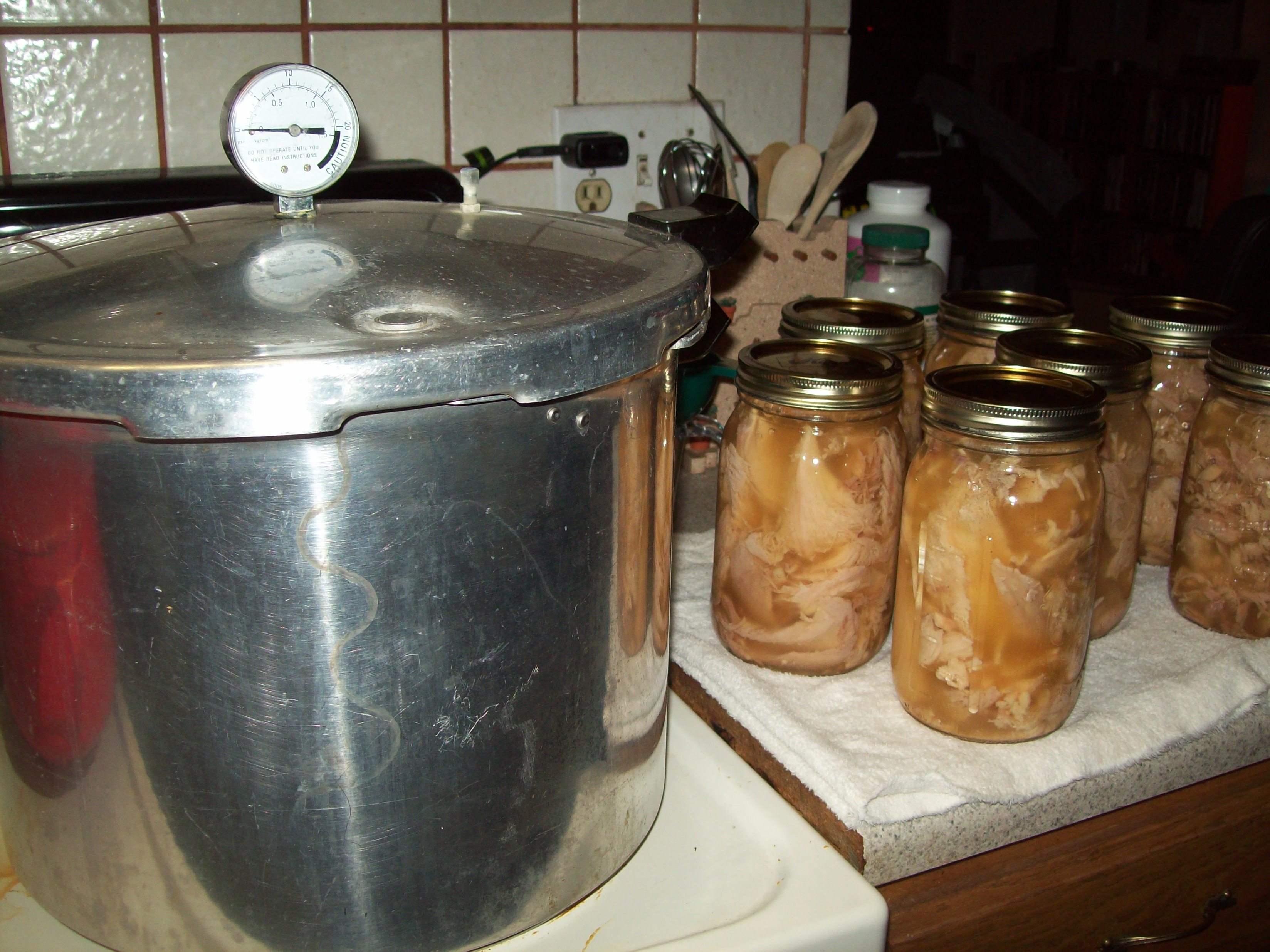 Out came the pressure canner and the roasting pans. One turkey was placed in the sink to thaw fast in cool water. The rest were kept in the freezer to stay as cold as possible. As each went into the oven, another was tossed in the sink.
Out came the pressure canner and the roasting pans. One turkey was placed in the sink to thaw fast in cool water. The rest were kept in the freezer to stay as cold as possible. As each went into the oven, another was tossed in the sink.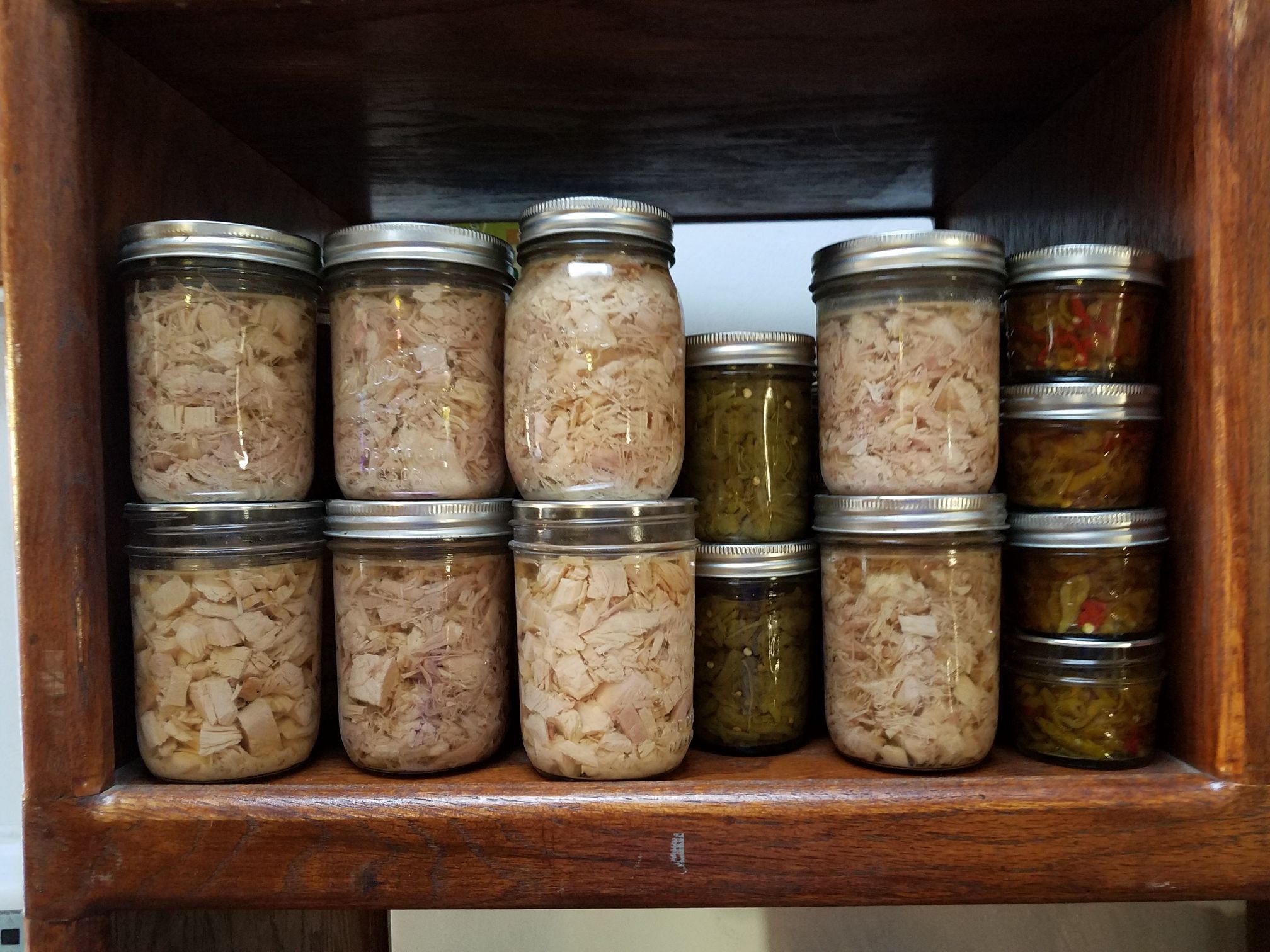 Obviously it took all day and part of the night to finish all six turkeys, and towards the end we decided that the last turkey should be the basis of some good turkey soup. We added peas, carrots, spices, onion and potatoes to the last set of jars in the canning kettle.
Obviously it took all day and part of the night to finish all six turkeys, and towards the end we decided that the last turkey should be the basis of some good turkey soup. We added peas, carrots, spices, onion and potatoes to the last set of jars in the canning kettle.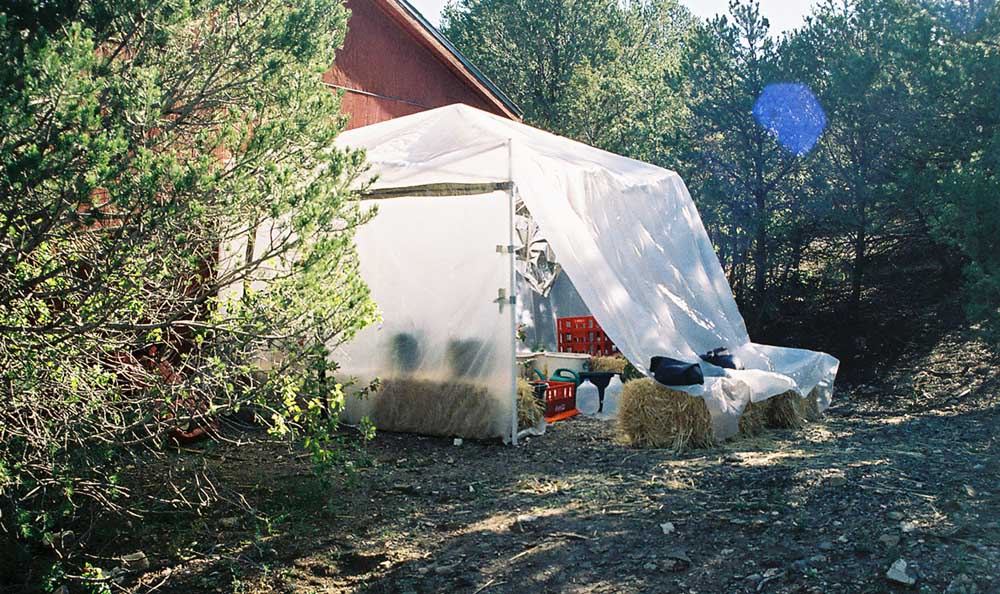 The airport at Albuquerque, New Mexico sits at 5,355 feet above sea level – over a mile. Areas of the city are as low as where I live in the Rio Grande valley at 4,980 feet, to the foothills out east at 6,000 feet. The top of the mountain on the east side is 10,678 feet. The first challenge to new residents is the reduced amount of oxygen here, the second is the thinner blanket of air between us and the sun.
The airport at Albuquerque, New Mexico sits at 5,355 feet above sea level – over a mile. Areas of the city are as low as where I live in the Rio Grande valley at 4,980 feet, to the foothills out east at 6,000 feet. The top of the mountain on the east side is 10,678 feet. The first challenge to new residents is the reduced amount of oxygen here, the second is the thinner blanket of air between us and the sun.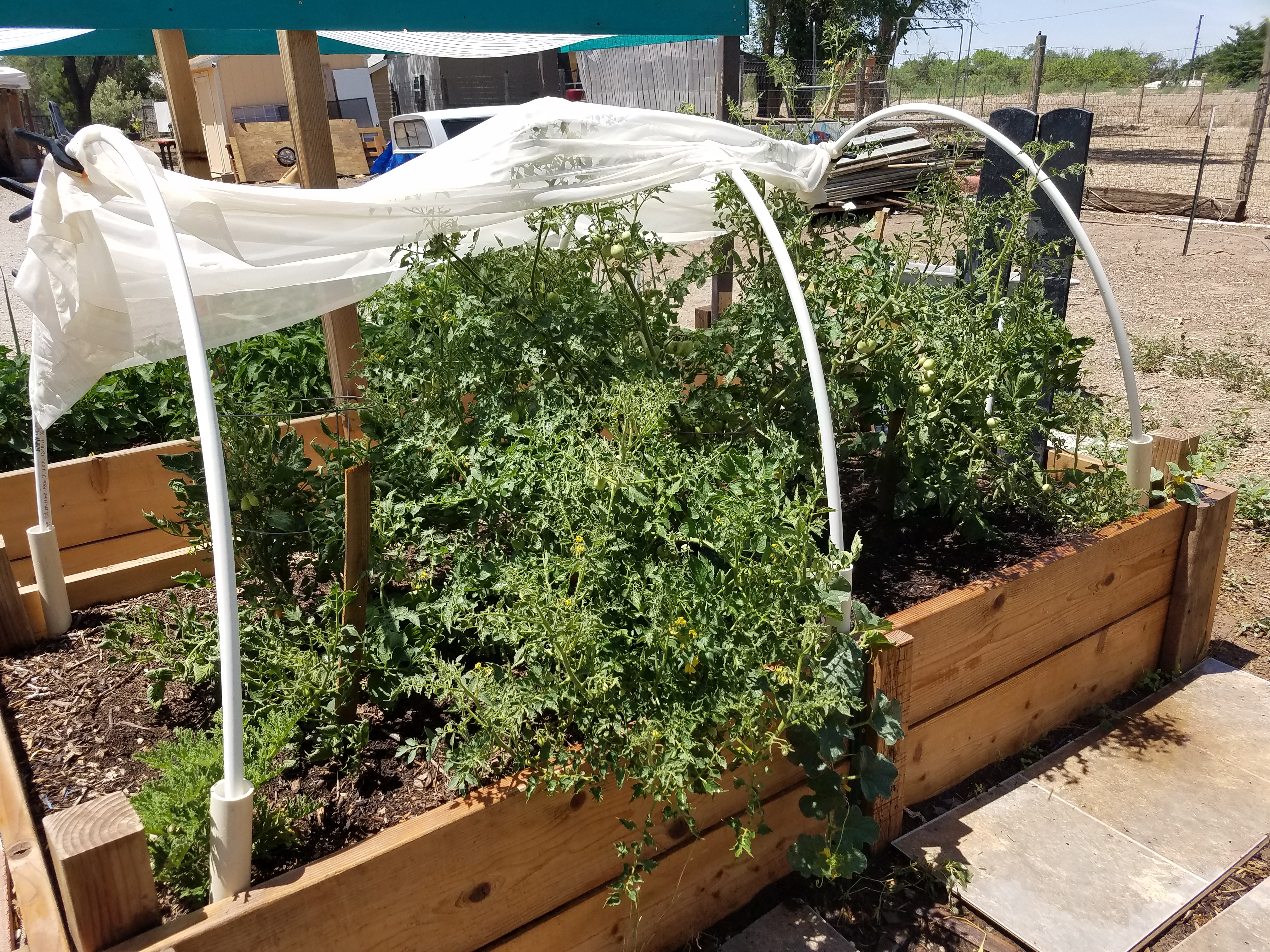 Most high desert residents deliberately create drought tolerant landscaping around their homes, but some of us like to be able to grow our own vegetables. With all these extremes in temperature and moisture, the best chance for success you can give your plants is to create microclimates which help to even out the growing environment.
Most high desert residents deliberately create drought tolerant landscaping around their homes, but some of us like to be able to grow our own vegetables. With all these extremes in temperature and moisture, the best chance for success you can give your plants is to create microclimates which help to even out the growing environment.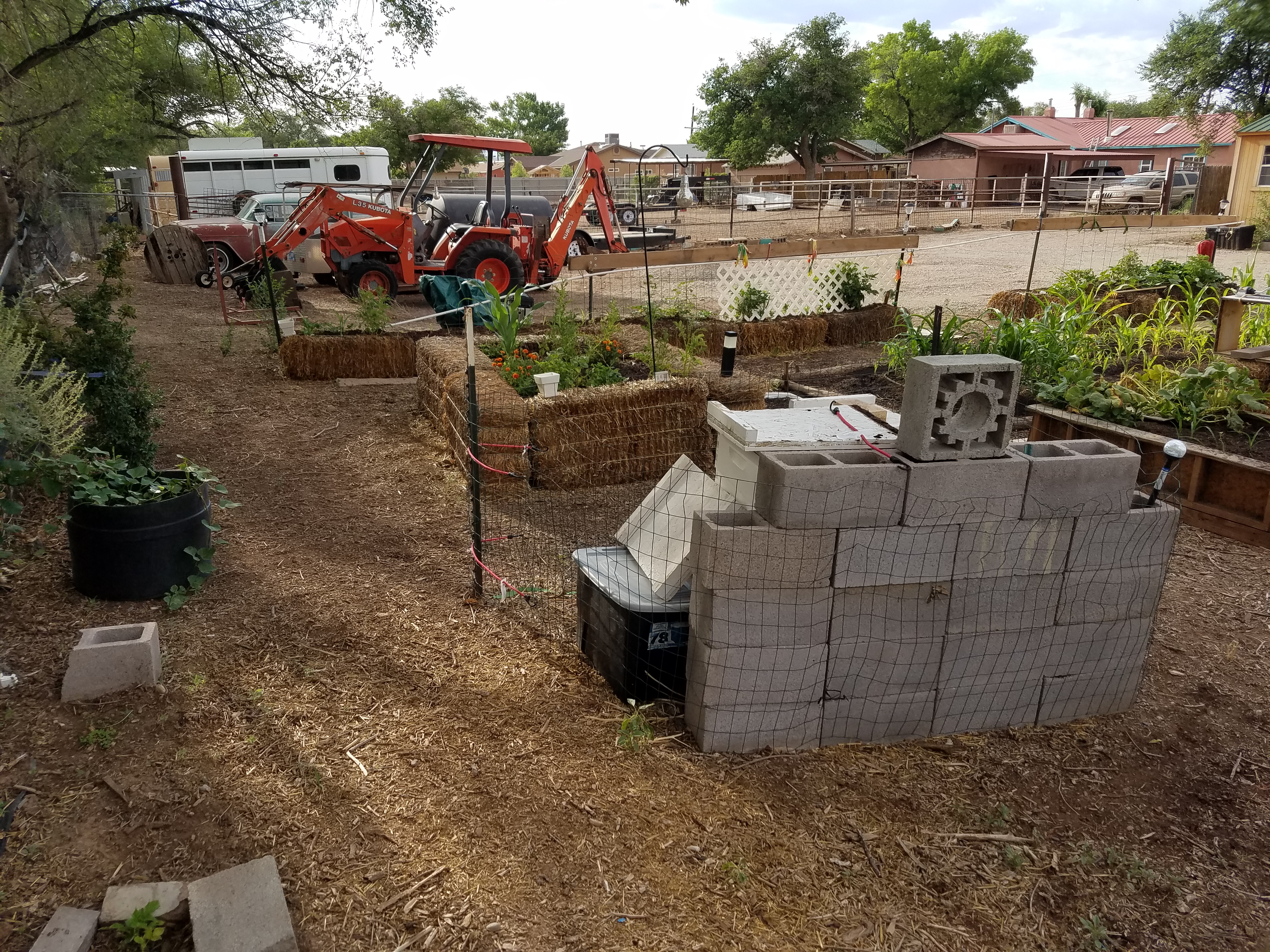 Creating a microclimatic environment can also help plants get started early in the spring. I used six straw bales set up like a box, then filled the box about 2 feet deep with dirt and compost. I’d started broccoli and cabbage from seed in February and by april they were almost 10 inches tall. I put them into strawbale raised bed and was eating broccoli in June. The cabbage took a little longer. The nice part is that when it threatens to go below freezing for a long period of time you can throw a blanket on top. This should work during the winter for any of the brassicas and many root crops. After harvesting the broccoli I added another 6 inches of dirt then planted blue lake bush green beans.
Creating a microclimatic environment can also help plants get started early in the spring. I used six straw bales set up like a box, then filled the box about 2 feet deep with dirt and compost. I’d started broccoli and cabbage from seed in February and by april they were almost 10 inches tall. I put them into strawbale raised bed and was eating broccoli in June. The cabbage took a little longer. The nice part is that when it threatens to go below freezing for a long period of time you can throw a blanket on top. This should work during the winter for any of the brassicas and many root crops. After harvesting the broccoli I added another 6 inches of dirt then planted blue lake bush green beans. As a child of 10 in Indiana, my Dad taught me how to dig up a small backyard garden and plant some tomatoes and corn. There was nothing he liked better than to sink his false teeth into the first red, ripe, juicy tomato of the season and munch away on fresh corn on the cob. In Indiana you poked the seeds in the ground, added water and they grew. It was easy
As a child of 10 in Indiana, my Dad taught me how to dig up a small backyard garden and plant some tomatoes and corn. There was nothing he liked better than to sink his false teeth into the first red, ripe, juicy tomato of the season and munch away on fresh corn on the cob. In Indiana you poked the seeds in the ground, added water and they grew. It was easy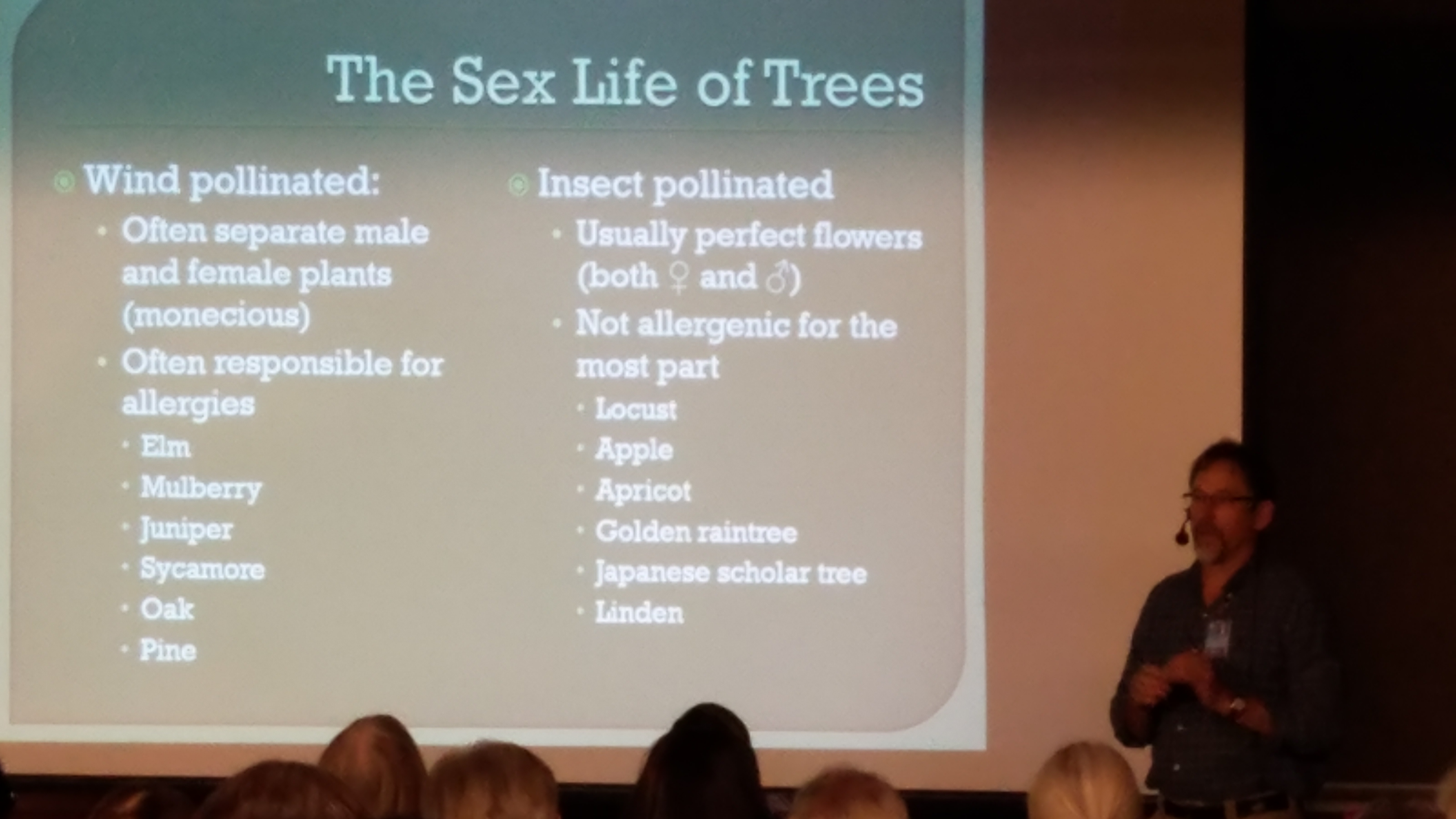 Fruit and nuts also need some extra help. Pecans, raspberries and blackberries love the New Mexico soils, but blueberries are and will always be an exercise in frustration. Apples, Pears, Peaches, etc will grow here, but are happier in the northern mountains where they do not bloom too early.
Fruit and nuts also need some extra help. Pecans, raspberries and blackberries love the New Mexico soils, but blueberries are and will always be an exercise in frustration. Apples, Pears, Peaches, etc will grow here, but are happier in the northern mountains where they do not bloom too early.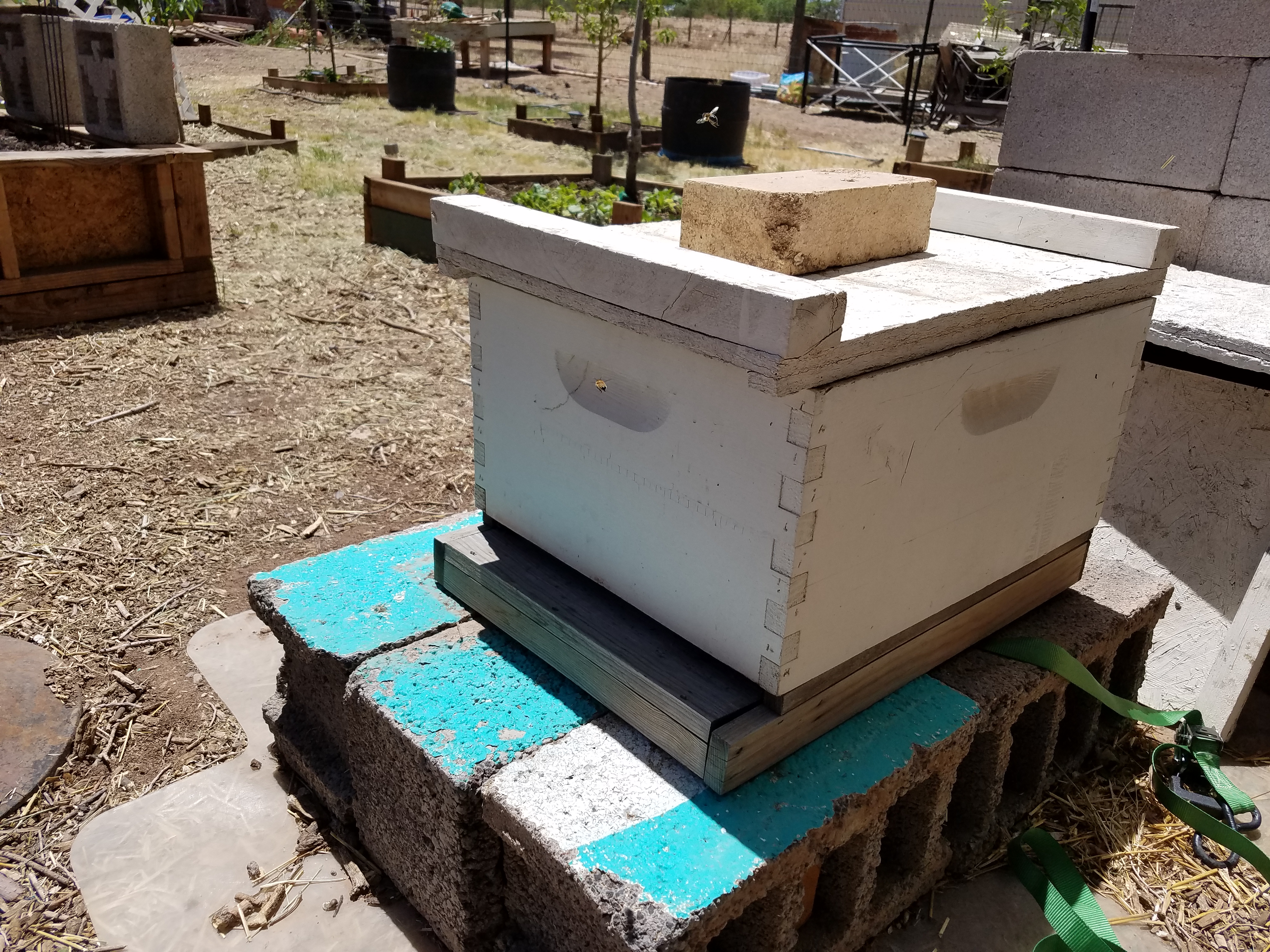 To Start With…
To Start With…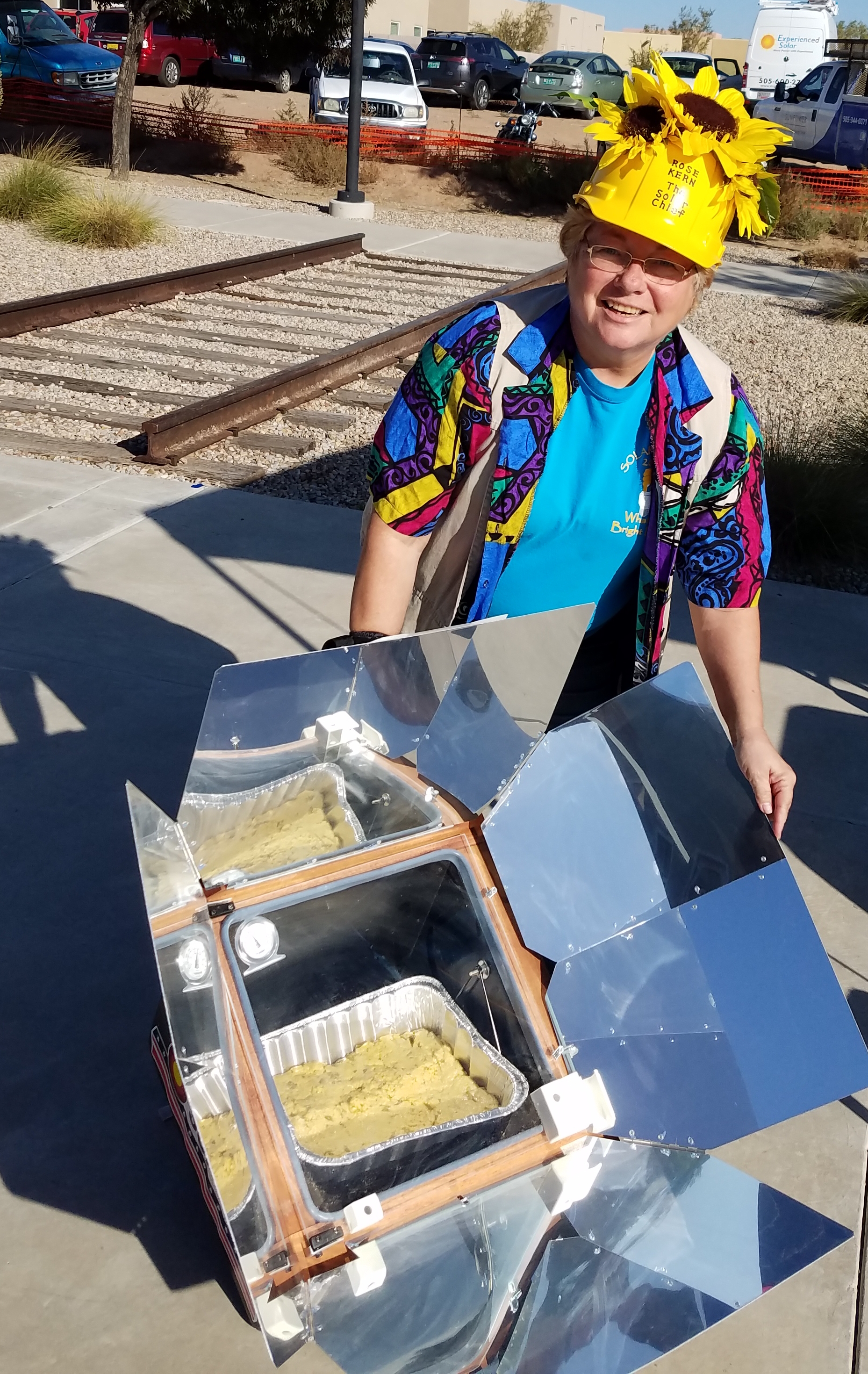 When I was a kid, every summer the TV news folks would choose a very hot day to go downtown, spread aluminum foil on the County Courthouse steps and crack an egg onto it. They then proceeded to tell jokes about how hot it was. I don’t ever remember the egg getting cooked – but the image stayed with me.
When I was a kid, every summer the TV news folks would choose a very hot day to go downtown, spread aluminum foil on the County Courthouse steps and crack an egg onto it. They then proceeded to tell jokes about how hot it was. I don’t ever remember the egg getting cooked – but the image stayed with me. Although most of us in the United States don’t have the problems faced by the women in Africa, there are several advantages in using Solar Cookers in the sunny Southwest. It reduces the amount of gas or electricity we use with regular stoves – lowering the utility bill. It reduces the amount of heat we generate when using conventional stoves indoors – so our air conditioning does not have to blow out the heat – again reducing the utility bills.
Although most of us in the United States don’t have the problems faced by the women in Africa, there are several advantages in using Solar Cookers in the sunny Southwest. It reduces the amount of gas or electricity we use with regular stoves – lowering the utility bill. It reduces the amount of heat we generate when using conventional stoves indoors – so our air conditioning does not have to blow out the heat – again reducing the utility bills.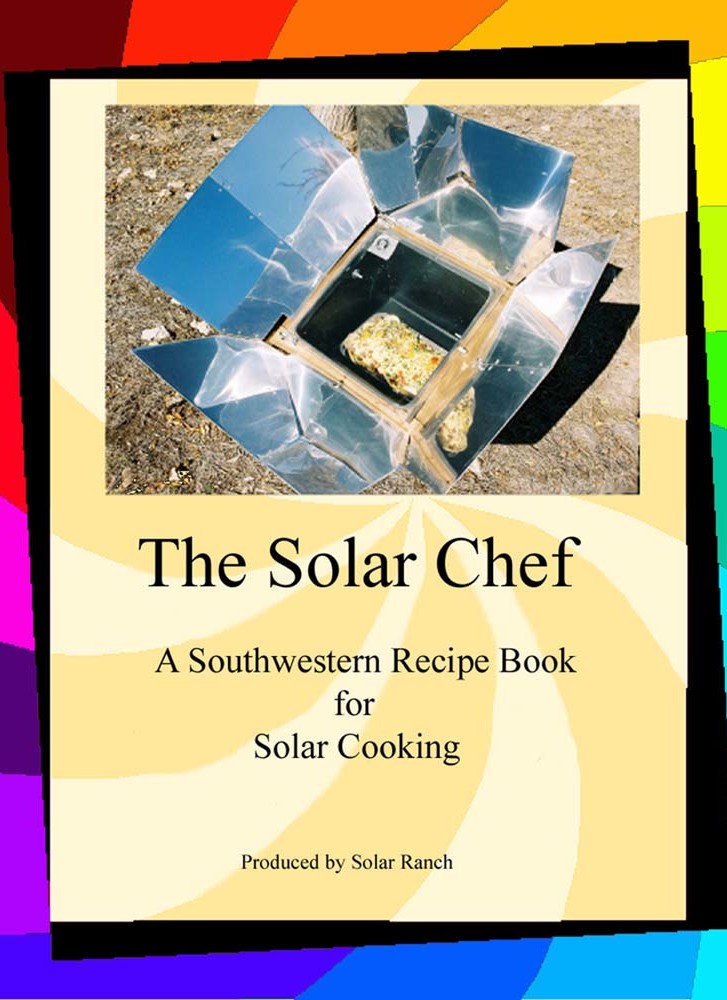 My book, “The Solar Chef” is filled with time tested recipes and tips for cooking with sunlight, many of them are examples of true gourmet cooking. From soups to bread, solar cooking is a treat and a joy. So turn the pages and bask in the Sun!
My book, “The Solar Chef” is filled with time tested recipes and tips for cooking with sunlight, many of them are examples of true gourmet cooking. From soups to bread, solar cooking is a treat and a joy. So turn the pages and bask in the Sun!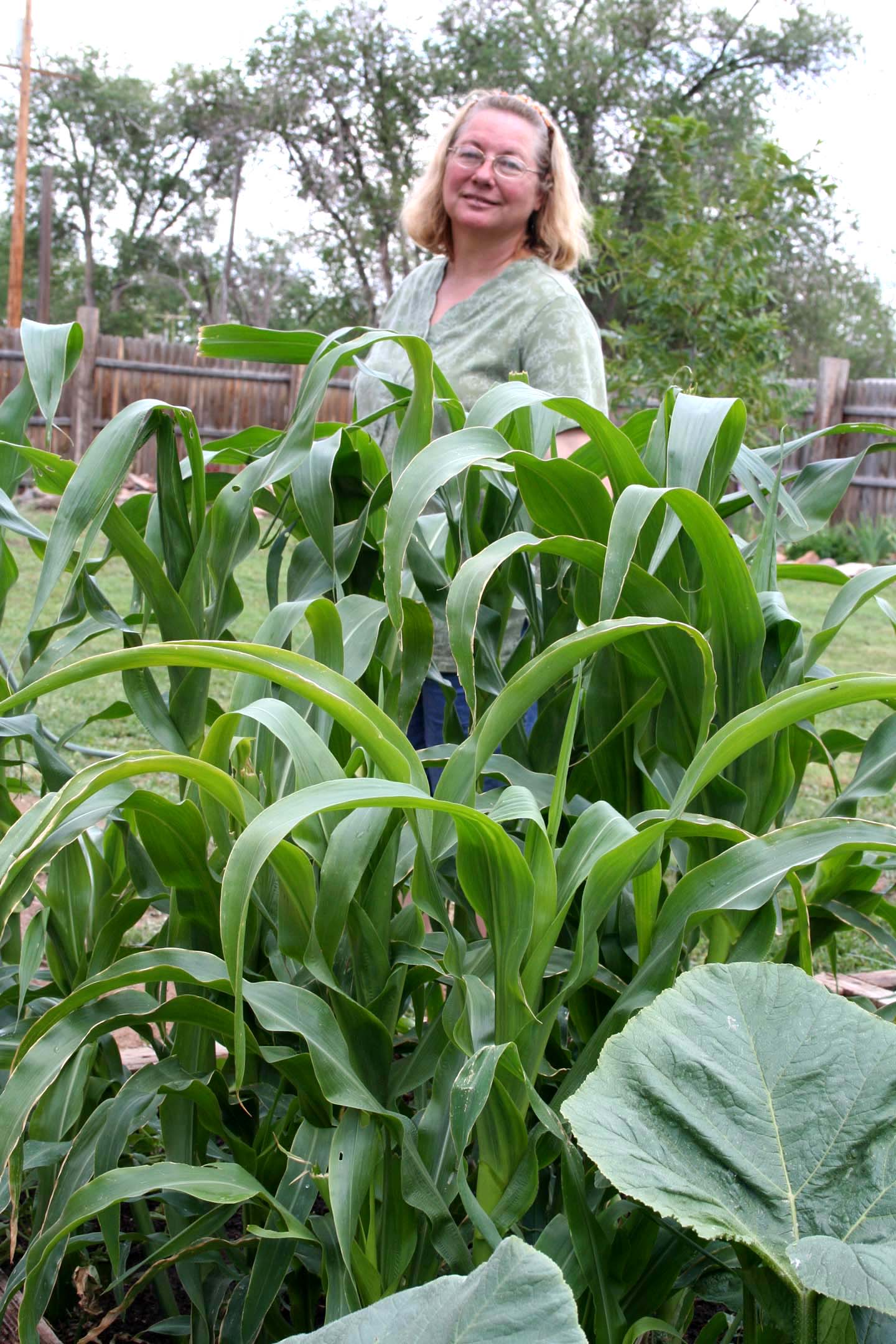 The Mad Gardener
The Mad Gardener